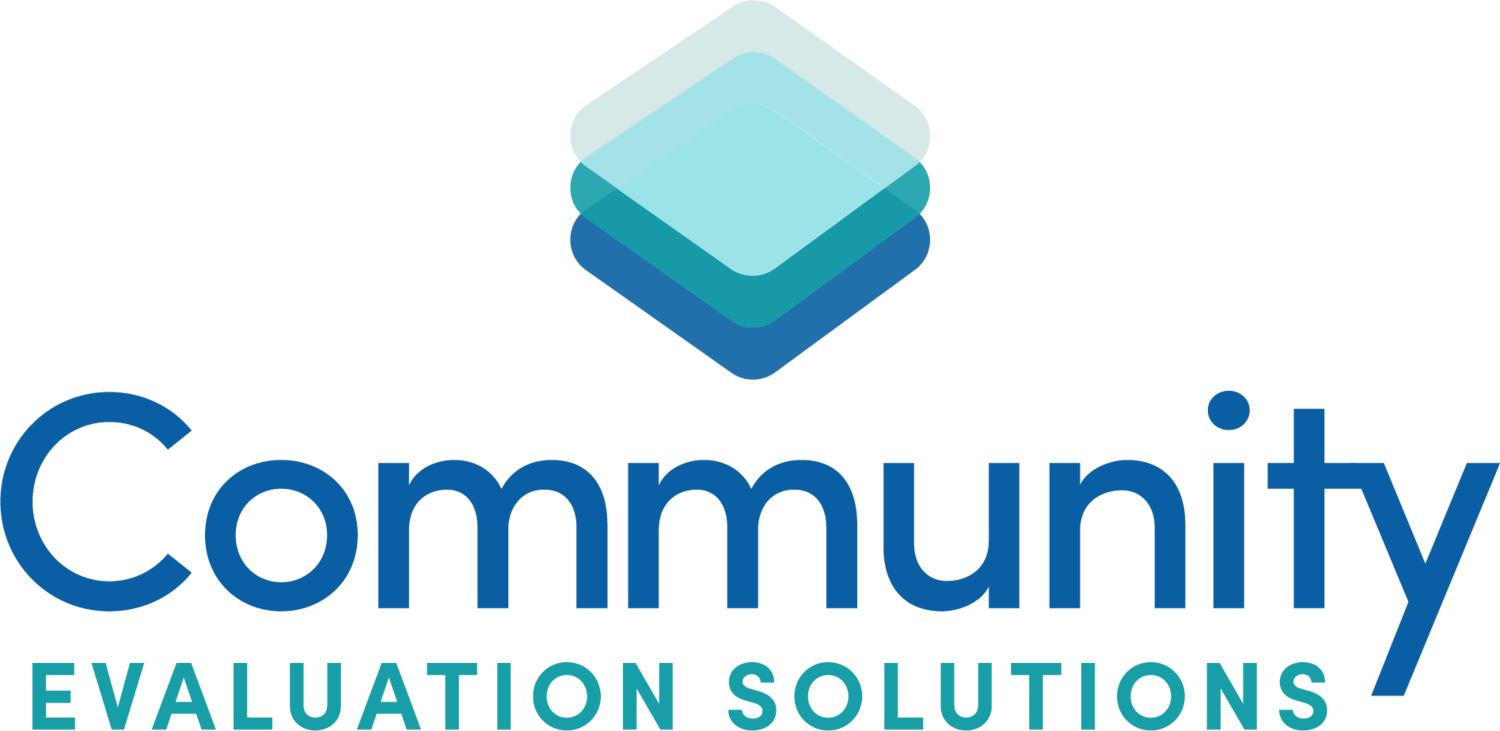Evaluation as Intervention
Reaching back a few years to repost this blog as it seems, now more than ever, evaluators see themselves as interventionists, not disinterested neutral parties.
A lichen is a composite organism that arises from algae or cyanobacteria (or both) living among filaments of a fungus in a mutually beneficial relationship (symbiotic relationship). The combined life form has properties that are very different from the properties of its component organisms.
I really don’t know why this picture speaks to me. Maybe it speaks to me because it implies change. I don’t know about you, but I see program development and program evaluation as “mutually beneficial” and hopefully, both work together to produce change for the good.
A few years ago, an evaluator and blogger, Charles Gasper, wrote a blog entitled, Evaluation as an Intervention. While Charles outlines some “rules” for his theory I have not been so prescriptive. Instead, I have been observing the phenomena within my own practice. At first, it was simply that, an observation that evaluation leads to evaluation capacity building. For example, when I hear clients ask other coalition members if the intervention being suggested is on their logic model. Or, in some instances when clients ask each other how a particular evaluation question is going to be measured, I am grateful for their learning and growth. Charles and I agree, evaluation is intended for the improvement of programs, systems and organizations.
As a community psychologist, I try to be respectful of clients, specifically their wants, wishes and perspectives. Participatory and empowerment evaluation are both directly related to the principles of community psychology. But lately, I have been wondering if evaluators can’t be more direct in their intervention and still maintain the respect for their clients’ power and choice.
So, when a nonprofit or foundation are stuck as happens from time to time, especially with coalitions and community collaboratives, I try and think what can I do to help them get unstuck? I sometimes try and get them to focus on a few aspects of their logic model. Sometimes we try and focus on their implementation by measuring activities and process. We often use infographics or data briefs to help them visualize their data in a new way.
To me, the lines between development, evaluation, and improvement is thin. Maybe it’s even imaginary. I don’t think it’s even possible to do an evaluation and NOT impacting an organization. Isn’t that the whole point anyway? Charles and I agree that in evaluation, things get messy: “The trick is to embrace the dirt - such things as local context, environment, and change.” Well said, Charles.
The real power of evaluation is when evaluation information is used to improve your program, strategy nonprofit, or foundation. Do you agree?


